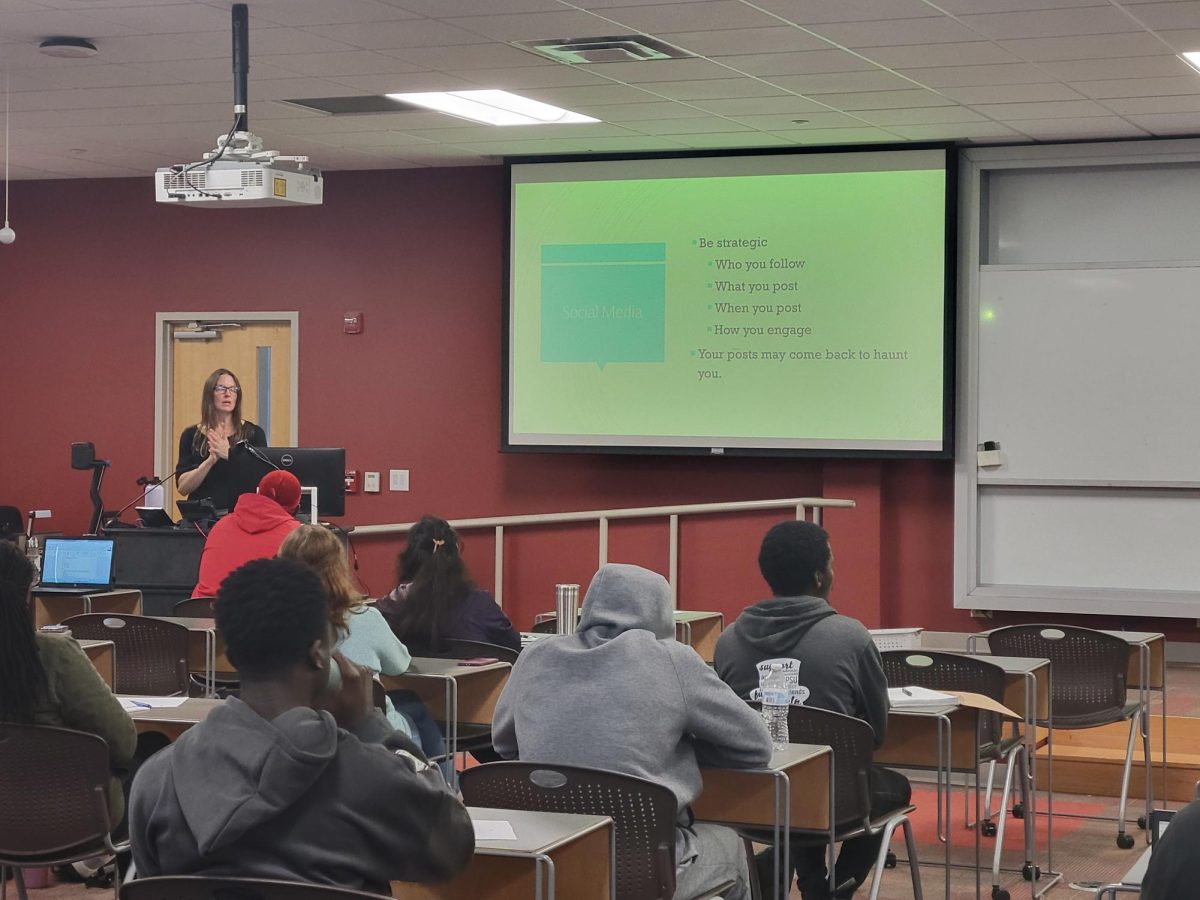 » By CHRIS COPPEDGE – [email protected]
» By CHRIS COPPEDGE – [email protected]
The process of demolishing the Cross, Killebrew and Rawlins buildings began as of Monday, Sept. 19. Three new residence halls will be constructed in their place after demolition is complete. The new buildings are scheduled to be opened and occupied by fall 2013.
“The buildings have passed their normal life spans and are at the point where maintaining them is not cost effective,” said Alvin Westerman, director of Facilities Planning and Projects. “This gives us the opportunity to build more efficient buildings that are better in line with the students’ needs, as well as vastly improve the appearance of this part of the campus.”
For the project, Westerman serves as both the campus representative and project manager. His tasks include coordinating the work with the construction sub-contractors, engineers, designers and architects in order to complete the project on time and on budget, as well as making sure campus isn’t affected by the demolition and construction.
According to Westerman, the demolition crews will be using the standard shear — shearing away metal -— and pulverization — knocking down the rest — techniques for the old buildings. The construction crews will then use reinforced concrete and interior finishes for creating the new buildings. They will be similar in design to the recently opened Castle Heights facility.
Concerns arose when asbestos was discovered in the old buildings early on in the project, according to Westerman. Removing the asbestos proved successful, and did not become a health risk to students on campus or the community.
While some additional asbestos was recently discovered, it too was safely removed to make way for the demolition.
There was also concern the project might be delayed due to two days of rain in the area early last week.
Westerman explained the weather, as well as the recent removal of more asbestos, is not adversely affecting the project’s progress.
“Construction projects always add time into the master schedule based on the ‘average’ number of weather days that occur each year, so that actual delays don’t exist until that number of weather days has been overrun,” Westerman said. “In many cases, the contractor can add extra crews or work longer hours to make up for the differences. It’s just part of the many management tools that the contractor has available to use.” TAS






